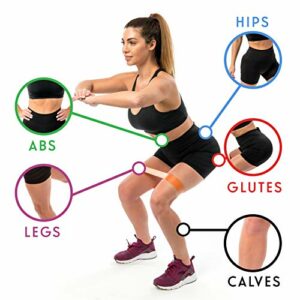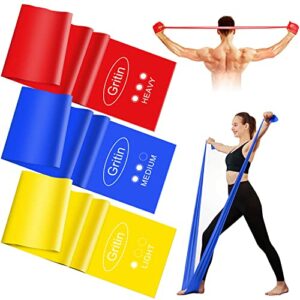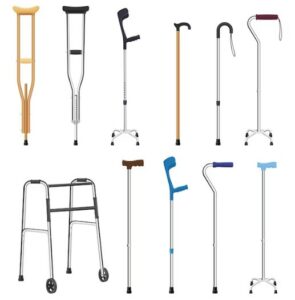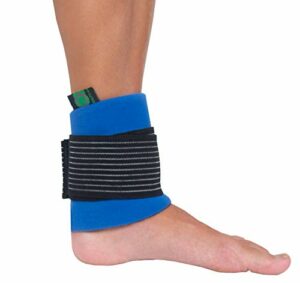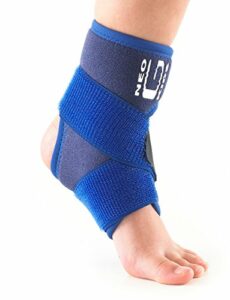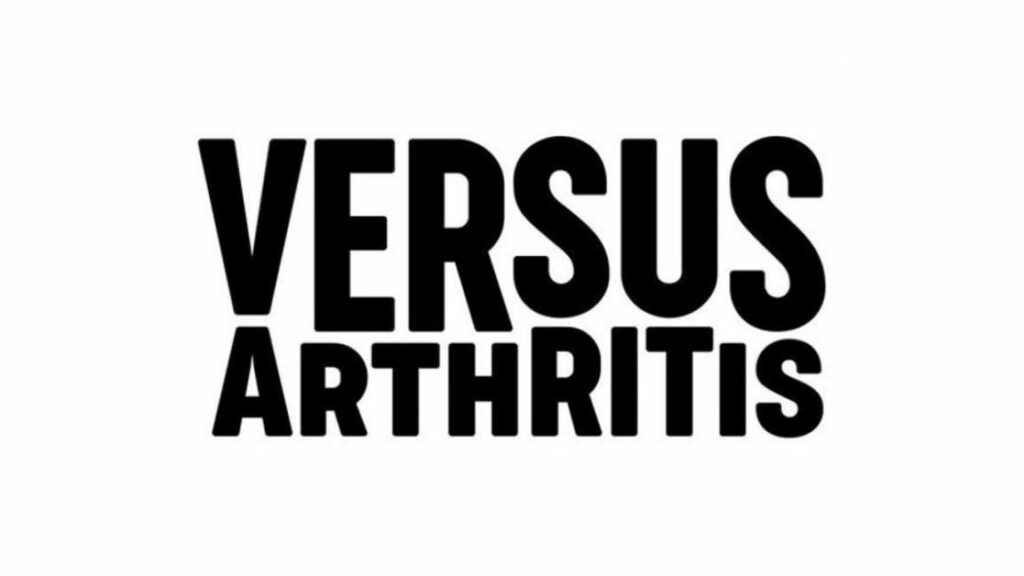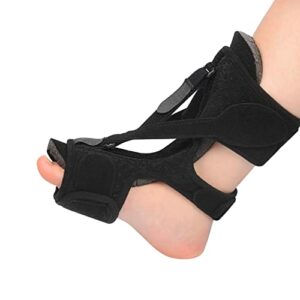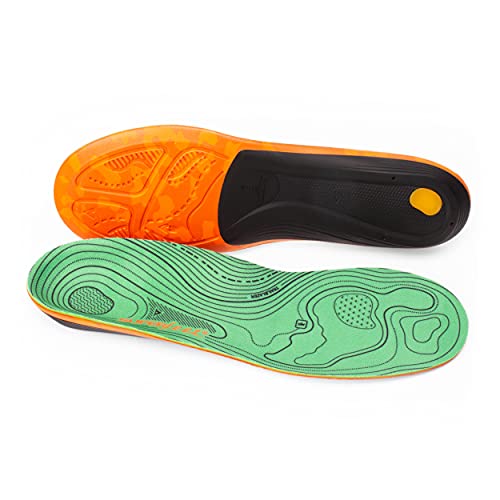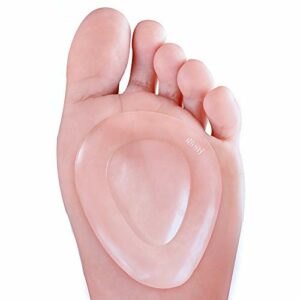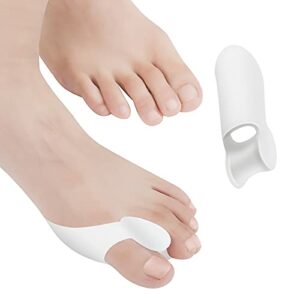Ankle and foot care videos
- Tibial internal rotation
- Tibialis anterior (dorsiflexion)
- Tibialis posterior (inversion)
- Peroneal (eversion)
- Gastrocnemius (plantar flexion)
- Soleus (plantar flexion)
- Big toe
- Essential products

Medial knee rotation and knee flexion muscle action..

Popliteal muscle + band

Internal rotation movement hack

Fix your squat Tibial rotation

Function of of the tibialis anterior

Dorsiflexion stretch

Sitting isometric dorsiflexion

Resisted dorsiflexion sitting
Info and advice
Tibialis posterior

Function of Tibialis Posterior

Tibialis posterior Strengthening

Tibialis posterior Tendinopathy

How to get rid of posterior tibial tendinopathy
Tibialis posterior
Strengthening

Theraband inversion exercises

Tibialis posterior Strengthening

Tibialis Posterior tendonitis exercises

Bob and Brad Physical Therapists
Top 3 treatments for tib post tendonitis

8 strengthening exercises

Isometric eversion

Sitting isometric eversion

ankle eversion with band

long sitting eversion

Manual eversion

Function of gastrocnemius

calf stretching

plantarflexion with band

Calf raise exercise progression

6 calf strengthening exercises

Eccentric calf strengthening part 3

Plyometric calf and quads

Calf workout advanced

Function of soleus muscle

Soleus stretching

Bent knee calf raise (seated weighted)

Band seated calf raise

Soleus stage 1

Soleus stage 2

Soleus stage 3
Bunions

Functions of Flexor Hallucis Longus

Big toe strengthening

Trevor Carlson Physical Therapist
Arch strengthening for FHB

Turf toes stretches and exercises

Foot and ankle strengthening and stretch
Flexor Hallucis Brevis
Resistance bands
Resistance bands are very useful in managing joint problems. Used for weeks on end to aid healing, or can be use during activity.
Conditions that often require a resistance bands:
1. Joint instability
2. Post operative joints
3. Arthritis
4. Deconditioned muscles
Click the icon to view resistance bands.
Ankle sprain
Ankle sprain acute management
Ankle fracture management
Ankle sprain

Foot anatomy animated

Ankle sprain anatomy

Ankle sprain rehab

Universal elastic ankle support fitting

Aircast ankle Air-stirrup support


8 rehabs exercises

ankle sprains exercises

Ankle sprain guidelines
Ankle arthroscopy
Consider the Ankle Stability exercises
Walking aids
These devices provide stability, and promote independence and confidence when one is challenged by musculoskeletal problems.
Conditions that often require walking aids:
1. Lower limb weakness and pain
3. Joint osteoarthritis
4. Frailty
5. Balance deficit
6. Neurological disorders
7. Post operative lower limb conditions
Click the icon to view walking aids
Ankle ice
Ankle ice pack devices are very useful in managing knee swelling problems.
Symptoms that often require a ice devices:
1. Ankle swelling from arthritis
2. Ankle fractures
3. Ankle tendonitis
4. Post operative Ankle swelling
Click the icon to view Ice devices
Resistance bands
Resistance bands are very useful in managing joint problems. Used for weeks on end to aid healing, or can be use during activity.
Conditions that often require a resistance bands:
1. Joint instability
2. Post operative joints
3. Arthritis
4. Deconditioned muscles
Click the icon to view resistance bands.
Ankle supports
Ankle supports are very useful in managing lower limb problems. They provide stability for the lower leg muscles, tendons ligaments and joints, allowing them to heal and protection in a weightbearing position.
Conditions that often require an ankle support:
1. Ankle sprain
2. End recovery fracture of ankle
3. Ankle osteoarthritis
4. Ankle instability
A support will commonly deactivate muscles slowly, so remember to build your muscles back up.
Click the icon to view Ankle supports

Ankle sprain rehab exercises

Best ankle rehab exercises

Ankle balance exercises


How to rehab a sprained ankle




Resistance bands
Resistance bands are very useful in managing joint problems. Used for weeks on end to aid healing, or can be use during activity.
Conditions that often require a resistance bands:
1. Joint instability
2. Post operative joints
3. Arthritis
4. Deconditioned muscles
Click the icon to view resistance bands.
Ankle supports
Ankle supports are very useful in managing lower limb problems. They provide stability for the lower leg muscles, tendons ligaments and joints, allowing them to heal and protection in a weightbearing position.
Conditions that often require an ankle support:
1. Ankle sprain
2. End recovery fracture of ankle
3. Ankle osteoarthritis
4. Ankle instability
A support will commonly deactivate muscles slowly, so remember to build your muscles back up.
Click the icon to view Ankle supports
Foot and ankle osteoarthritis
Ankle Osteoarthritis

Ankle anatomy animated



How to treat ankle arthritis, Daniel Lawson (Physio)

Ankle Arthritis Treatment – Pain-free Walking Without Surgery by Seattle Podiatrist Larry Huppin

Wobble cushion exercises

KT Tape for ankle stability

Ankle anatomy animated

Ankle fusion
Ankle arthroscopy
Ankle ice
Ankle ice pack devices are very useful in managing knee swelling problems.
Symptoms that often require a ice devices:
1. Ankle swelling from arthritis
2. Ankle fractures
3. Ankle tendonitis
4. Post operative Ankle swelling
Click the icon to view Ice devices
Resistance bands
Resistance bands are very useful in managing joint problems. Used for weeks on end to aid healing, or can be use during activity.
Conditions that often require a resistance bands:
1. Joint instability
2. Post operative joints
3. Arthritis
4. Deconditioned muscles
Click the icon to view resistance bands.
Ankle supports
Ankle supports are very useful in managing lower limb problems. They provide stability for the lower leg muscles, tendons ligaments and joints, allowing them to heal and protection in a weightbearing position.
Conditions that often require an ankle support:
1. Ankle sprain
2. End recovery fracture of ankle
3. Ankle osteoarthritis
4. Ankle instability
A support will commonly deactivate muscles slowly, so remember to build your muscles back up.
Click the icon to view Ankle supports
Recommended products
These product exactly or as closely as possible match those commonly issued in the healthcare industry. Clinically approved.
- Info
- Mid portion tendinopathy
- Insertional tendinopathy
- Isometric exercises (1)
- Eccentric exercises (2)
- Progressive high load training (3)
- Soleus
- Surgery
- Post op protocol
- Essential products
Achilles tendon
Achilles tendinopathy

Achilles tendinopathy differentiation
Seth O’Neill

what exercises for tendinitis?

Using ICE

taping guide for achilles

Achilles tendonitis self treatment

When is it okay to walk with achilles pain

When is it okay to run with achilles pain

Where you feel your pain matters

What treatment works best; tendinopathy

Arc Test mid portion achilles tendinopathy

Diagnostic Tests for mid portion achilles tendinopathy

Where you feel your pain matters

Tips for insertional tendinopathy
Do NOT compress the tendon.
Do NOT stretch heel by lowering off step, wait until the end of rehab.
Do use a heel raise in your shoe
Do Isometric exercises


Eccentric calf strengthening part 2

Eccentric calf strengthening part 3 (weighted)

Eccentric calf strengthening part 4

Alfredson protocol


14 calf exercises (beginner)

Progressive achilles tendon loading programme

Dumbbell calf raises

Single leg Dumbbell calf raises

Barbell standing calf raise

Achilles tendon prehab isotonic loading

Speed Skaters

Sancho Hopping Programme (advanced)

Plyometric progressions for rehab

Function of soleus muscle

Soleus stretching

Bent knee calf raise (seated weighted)

Band seated calf raise

Soleus stage 1

Soleus stage 2

Soleus stage 3
Achilles rupture

Achilles tendon rupture anatomy

Gap palpation

Thompson test

Rupture rehab 0-9 weeks

Late stage rupture rehab

Click icon to view



Ankle night splint
Ankle night splints are very useful in managing lower limb problems. They provide a gentle stretch on the posterior lower leg muscles and tendons, allowing then to heal over night in a lengthened position.
Conditions that often require an ankle splint:
1. Plantar fasciitis
2. Achilles tendinopathy
3. Metatarsalgia
4. Calf strains
A support will commonly deactivated muscles slowly, so remember to build your muscles up.
Click the icon to view Ankle night splints
Insoles
New flat insoles are usually easy to adjust to but an insole with an arch support or medial posting can take several weeks to adjust to. The bigger the changes in arch position the longer that period often is. Can be uncomfortable.
Consider easing yourself into a pair, by putting them in shoes for a couple of hours and then set those shoes aside. Build your tolerance by 2 hours daily.
All insoles will take up room in your footwear, so factor this in when deciding on which shoes will have the insoles.
2. Achilles tendonitis
Click image to view insoles
Ankle ice
Ankle ice pack devices are very useful in managing knee swelling problems.
Symptoms that often require a ice devices:
1. Ankle swelling from arthritis
2. Ankle fractures
3. Ankle tendonitis
4. Post operative Ankle swelling
Click the icon to view Ice devices
Resistance bands
Resistance bands are very useful in managing joint problems. Used for weeks on end to aid healing, or can be use during activity.
Conditions that often require a resistance bands:
1. Joint instability
2. Post operative joints
3. Arthritis
4. Deconditioned muscles
Click the icon to view resistance bands.
Plantar fasciitis
Plantar fasciitis

Ankle anatomy animated
Plantar fasciitis
Henrik Reil
Plantar Fascia, Achilles Tendinopathy And Nerve Entrapments 012
Russell Wright

Standing and seated stretches

Bob and Brad Physical Therapists
One minute PF exercises

Plantar fascia exercise routine

Karren Miller Physical Therapist
Vive health

Caroline Jordan fitness coach strengthening
Info and advice
Tibialis posterior

Function of Tibialis Posterior

Tibialis posterior Strengthening

Tibialis posterior Tendinopathy

How to get rid of posterior tibial tendinopathy
Tibialis posterior
Strengthening

Theraband inversion exercises

Tibialis posterior Strengthening

Tibialis Posterior tendonitis exercises

Bob and Brad Physical Therapists
Top 3 treatments for tib post tendonitis

8 strengthening exercises
Bunions

Functions of Flexor Hallucis Longus

Big toe strengthening

Trevor Carlson Physical Therapist
Arch strengthening for FHB

Turf toes stretches and exercises

Foot and ankle strengthening and stretch
Flexor Hallucis Brevis

Bob and Brad Physical Therapists
Night sock

Best arch support sleeves

Bob and Brad Physical Therapists
Taping your own foot


Bob and Brad Physical Therapists
Ice versus heat
Ankle night splint
Ankle night splints are very useful in managing lower limb problems. They provide a gentle stretch on the posterior lower leg muscles and tendons, allowing then to heal over night in a lengthened position.
Conditions that often require an ankle splint:
1. Plantar fasciitis
2. Achilles tendinopathy
3. Metatarsalgia
4. Calf strains
A support will commonly deactivated muscles slowly, so remember to build your muscles up.
Click the icon to view Ankle night splints
Insoles
New flat insoles are usually easy to adjust to but an insole with an arch support or medial posting can take several weeks to adjust to. The bigger the changes in arch position the longer that period often is. Can be uncomfortable.
Consider easing yourself into a pair, by putting them in shoes for a couple of hours and then set those shoes aside. Build your tolerance by 2 hours daily.
All insoles will take up room in your footwear, so factor this in when deciding on which shoes will have the insoles.
2. Achilles tendonitis
Click image to view insoles
Walking aids
These devices provide stability, and promote independence and confidence when one is challenged by musculoskeletal problems.
Conditions that often require walking aids:
1. Lower limb weakness and pain
3. Joint osteoarthritis
4. Frailty
5. Balance deficit
6. Neurological disorders
7. Post operative lower limb conditions
Click the icon to view walking aids
Ankle ice
Ankle ice pack devices are very useful in managing knee swelling problems.
Symptoms that often require a ice devices:
1. Ankle swelling from arthritis
2. Ankle fractures
3. Ankle tendonitis
4. Post operative Ankle swelling
Click the icon to view Ice devices
Resistance bands
Resistance bands are very useful in managing joint problems. Used for weeks on end to aid healing, or can be use during activity.
Conditions that often require a resistance bands:
1. Joint instability
2. Post operative joints
3. Arthritis
4. Deconditioned muscles
Click the icon to view resistance bands.
Mortons Neuroma
Mortons Neuroma

LBG Mortons neuroma

Strengthening exercises for Mortons

Bob and Brad Physical Therapists
1 exercise relief for Mortons

Bob and Brad Physical Therapists
Instant pain relief for Mortons

Treatment and research with orthotics and injection therapy
Metatarsal pads
Metatarsal pads are designed to complement the fat pad which cushions the metatarsophalangeal joints of the toes.
Conditions that often require an metatarsal pads:
1. Metatarsalgia
2. Mortons neuroma
3. Plantar fasciitis
4. Toe flexor tendinopathy
Click the icon to view Metatarsal pads
Bunions

Functions of Flexor Hallucis Longus

Big toe strengthening

Trevor Carlson Physical Therapist
Arch strengthening for FHB

Turf toes stretches and exercises

Foot and ankle strengthening and stretch
Flexor Hallucis Brevis
Bunion pads
Bunion pads are designed to complement the fat pad or bursa which cushions the metatarsophalangeal joints of the toes.
Conditions that often require a bunion pad:
1. Bunions 1st toe
2. Bunions 5th to
3.Metatarsophalangeal osteoarthritis
Click the icon to view Bunion pads
Ankle ice
Ankle ice pack devices are very useful in managing knee swelling problems.
Symptoms that often require a ice devices:
1. Ankle swelling from arthritis
2. Ankle fractures
3. Ankle tendonitis
4. Post operative Ankle swelling
Click the icon to view Ice devices
Insoles
New flat insoles are usually easy to adjust to but an insole with an arch support or medial posting can take several weeks to adjust to. The bigger the changes in arch position the longer that period often is. Can be uncomfortable.
Consider easing yourself into a pair, by putting them in shoes for a couple of hours and then set those shoes aside. Build your tolerance by 2 hours daily.
All insoles will take up room in your footwear, so factor this in when deciding on which shoes will have the insoles.
2. Achilles tendonitis



